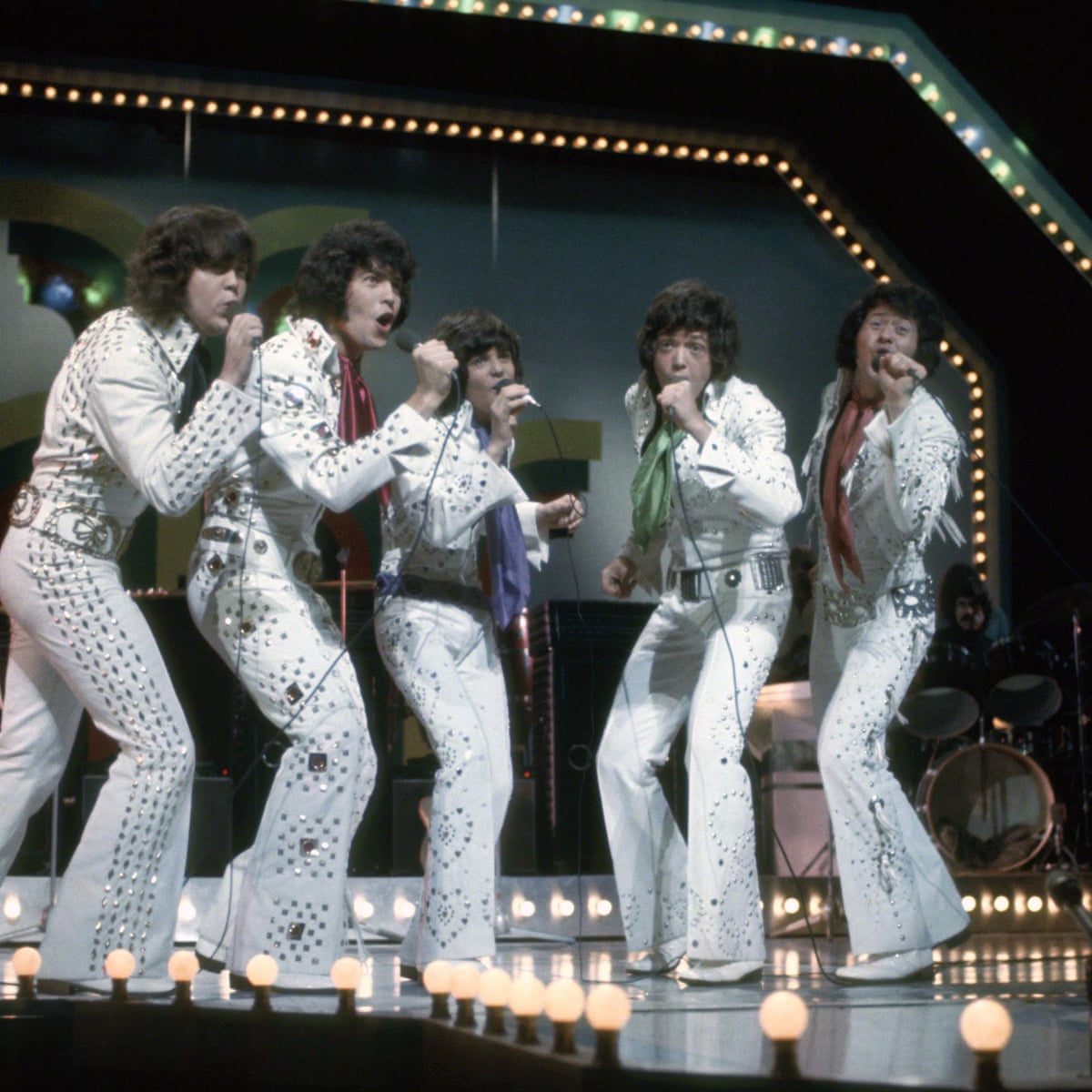When fans first heard “Crazy Horses” in 1972, many were stunned. The Osmonds—long known for their clean-cut image and polished pop harmonies—suddenly unleashed a roaring, hard-rock anthem. With heavy riffs, soaring vocals, and a ferocity that rivaled Led Zeppelin and Deep Purple, this track stood out as something entirely different. But beneath the distortion and raw energy, “Crazy Horses” carried a message far ahead of its time: an urgent environmental warning.
A Song Born in the Early 1970s

The early 1970s marked a period of growing awareness about pollution, consumerism, and the fragile state of the Earth. The first Earth Day had been held in 1970, drawing millions into conversations about smog, oil spills, and the unchecked expansion of industry. At the same time, rock music was becoming a cultural megaphone for change, often carrying messages about war, peace, and social justice.
Into this climate came “Crazy Horses.” Written by Alan Osmond, Wayne Osmond, and Merrill Osmond, the song used metaphor and imagery to deliver a powerful environmental statement. Unlike typical Osmonds tracks, which leaned into polished pop, this one was loud, gritty, and unapologetic—a deliberate choice to match the seriousness of its subject.
The Lyrics and Their Meaning

Though I can’t reproduce the full lyrics here, the song’s imagery is unforgettable. The “crazy horses” are not animals at all—they are symbols for the cars and machines belching smoke into the skies. The chorus shouts about “smokin’ up the sky” and “crazy horses all got riders,” pointing directly to humans driving pollution through their own actions.
The verses reinforce the urgency, warning that the world is choking under clouds of smog, with these “horses” running wild, uncontrolled. The sound of Merrill Osmond’s wailing vocals, combined with Jay Osmond’s pounding drums and Wayne’s shrieking guitar, gives the lyrics an almost apocalyptic feel—like a sonic alarm bell.
Breaking the Osmonds’ Image
At the time, critics were shocked. The Osmonds were widely seen as a family-friendly act, safe for television and wholesome audiences. But “Crazy Horses” shattered those assumptions. Its heavy riffs, distortion, and growling tone showed that the group was capable of serious rock.
More importantly, the message defied expectations. The Osmonds weren’t simply singing about love or heartbreak—they were warning about the future of the planet. By addressing air pollution and overconsumption, they positioned themselves among the earliest mainstream pop acts to confront environmental issues.
Fans and Critics React

Reactions to “Crazy Horses” were mixed but powerful. Some fans were electrified by the new sound, thrilled to see the Osmonds break from their bubblegum image. Rock critics, who had long dismissed the band, took a second look. In the UK, the song was especially embraced, climbing the charts and becoming one of the Osmonds’ biggest hits there.
Others, however, were surprised—perhaps even alienated—by the sudden shift. But even those who didn’t embrace the sound could not deny the urgency of its message.
A Message That Resonates Today
Listening to “Crazy Horses” in 2025 feels eerily relevant. The warnings about “smokin’ up the sky” resonate even more strongly in a world where climate change, fossil fuels, and carbon emissions dominate headlines. The song’s plea for humans to rein in their destructive behavior carries renewed urgency.
Environmental activists often look back on cultural artifacts that helped shape the conversation, and “Crazy Horses” earns a spot on that list. While not always remembered as a protest anthem, its message fits squarely alongside other songs of conscience from the era.
Musical Legacy
Musically, “Crazy Horses” remains one of the Osmonds’ boldest recordings. Its aggressive sound, dominated by Wayne Osmond’s guitar and Merrill’s gritty vocals, was a radical departure from their earlier hits. Jay Osmond’s drumming drives the track with relentless energy, while Alan Osmond’s production choices gave it a heavy rock edge.
The song has since been covered by numerous artists across genres—from punk bands to metal acts—demonstrating its versatility and enduring power. Each version underscores the universality of the song’s message: pollution and environmental destruction are issues that transcend genre, generation, and geography.
Why It Matters
What makes “Crazy Horses” so significant is not only its musical boldness but also its willingness to confront uncomfortable truths. The Osmonds took a risk—stylistically and thematically—and delivered something that stands as both a fan favorite and a cultural artifact of the early environmental movement.
At its core, the song is a reminder of music’s power to shape awareness. While not every listener may have understood the metaphor at the time, the song planted seeds of consciousness that continue to grow. It proves that even mainstream pop acts, often underestimated, can use their platform to deliver impactful messages.
Conclusion
More than fifty years after its release, “Crazy Horses” remains a vital piece of music history. It is not just a hard-rock anthem but a prophetic environmental warning. By disguising its message in the form of “wild horses smokin’ up the sky,” the Osmonds created a powerful metaphor that feels as relevant today as it did in 1972.
For fans, it is a beloved part of the Osmonds’ catalogue. For environmentalists, it is an early musical ally in the fight for awareness. And for the world, it stands as proof that sometimes the loudest songs carry the deepest truths.
In the end, “Crazy Horses” reminds us that music can do more than entertain—it can awaken, inspire, and call us to action before it’s too late.